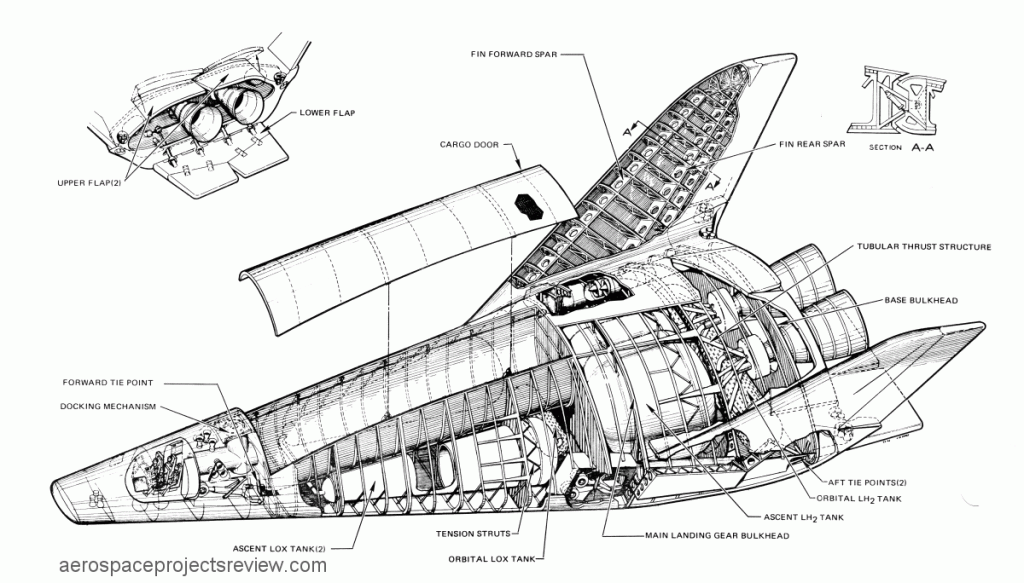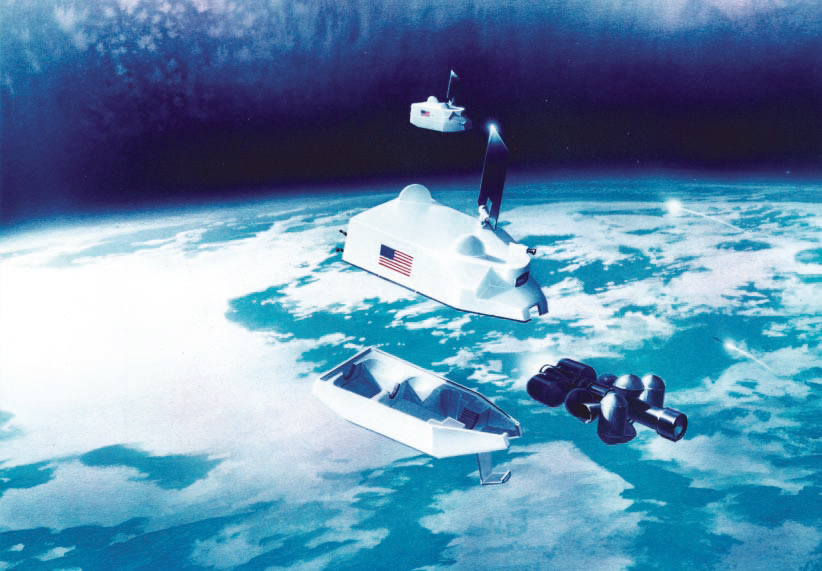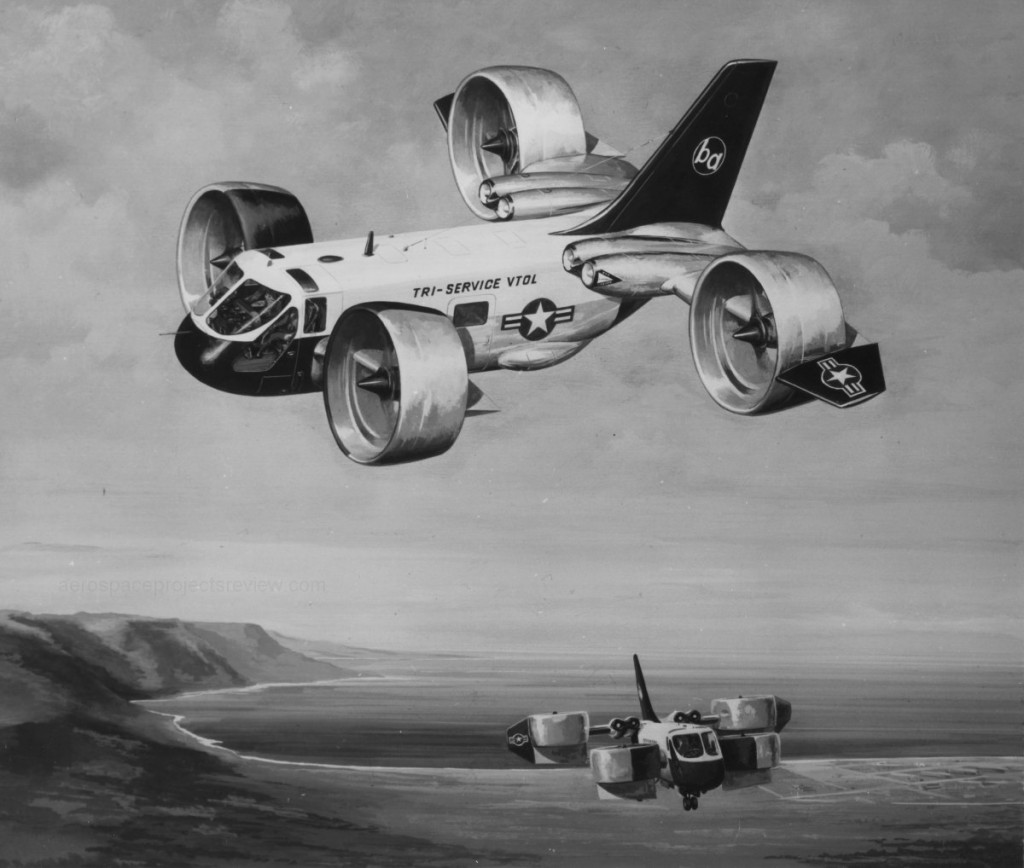Reminder: I’ll be on tomorrow, December 2, at 2 PM Pacific time (3 Mountain, 4 central, etc).
I am in the process of reworking my web pages. Part of this is consolidating all the stuff into more compact, less graphically intense (and, I imagine, annoying) forms; part of this is standardizing the prices. All Aerospace Drawings are now only $3; all Aerospace Documents are only $4. The “canonical” catalog is now hosted on the aerospaceprojectsreview.com web page; the pages on up-ship.com/blog are obsolete and will be changed out ASAP.
The new Aerospace Drawings & Documents catalog (includes APR & USBP)
The new Cyanotype Blueprints catalog
UPDATE: Always GIS interesting photos first. It’s a Chinese test model that has been shown online for several years. Well, at least I guessed China might be involved…
———–
This photo has been floating around Ye Olde Interwebs for the last day or so.
It appears to show a radar cross section model of a fighter plane on a (presumably radar-absorbent) pylon. Nothing else is known, other than:
Appears to have a single engine… one round hole for an exhaust, wing-root inlets. Exhaust is optimzed to reduce IR signature as seen from below.
SR-71-kinda-like inward-canted vertical tails
SR-71-like chines on the forward fuselage
Seriously non-stealthy carriage of four air-to-air missiles below underwing pylons. Outboard missiles look like AIM-9’s, inner missiles look different, perhaps Python 3’s (note the swept trailing edge of the rear stabilizers and the larger body diameter). If true, this is odd… it might indicate that this is an Israeli project, as I don’t know as that the US would put Pythons on US aircraft. However, the Python was licensed to the Chinese, who built it as the PL-8, so maybe… a Chinese stealth fighter project? But they don’t carry Sidewinders… Python 3 would indicate probably late 70’s, early 80’s.
What looks like a sensor over the exhaust (probably not IR as it’d be looking right at the hot exhaust plume). Perhaps a small radar unit, or even just a radar detector.
Can almost maybe kinda see what might be the front part of a canopy up front.
Compound delta wings.
There are a few designs that vaguely resemble this:
Lockheed A-6-5 from the late 1950’s, one of the “Archangel” series. Clearly, this plane is *not* one of the Archangel designs, but there might be a faint family resemblance.
The Grumman Advanced Stealthy Penetrator from roughly the mid 80’s. Clearly the pole-plane is NOT the GASP… too small, inlets all wrong, etc. But it *might* be related.
McDonnell-Douglas’ 1982 ATF concept. Again, clearly not the pole-plane, but there is a faint resemblance, and the mission is at least right.
If anyone has any ideas… nows the time!
An early 1970’s Lockheed concept for a fully reusable shuttle. Shown here is the orbiter, derived from the earlier STAR Clipper concept… but bigger and without the V-tank. The system used a reusable flyback booster for the first stage. Far more information is available on this and related concepts in Aerospace Projects Review issue V3N2 and V3N2 Addendum, available HERE.
The smallest individual spacecraft concept proposed for the Strategic Defense Initiative was the “Brilliant Pebbles” system. Instead of vast, multi-hundred-ton battle platforms like the lasers and neutral particle beams and railguns, Brilliant Pebbles were *relatively* small rocket vehicle designed to intercept enemy missiles and warheads while in space. The system was composed of a rocket-powered kill vehicle (usually fueled by dense, easily storable propellants such as nitric acid and hydrazine), and a “cocoon.” The latter was a shroud that protected the kill vehicle while it waited out the years floating in space.
The kill vehicle, in order to do its job, had to be *extremely* high performance. It was composed of a series of thrusters, lightweight composite propellant tanks, optics to spot and track the target, a computer to run it, communication systems, batteries… and not much else. The Brilliant Pebbles (so named because they were derived from the concept of “smart rocks,” which was a jovial way to describe a hit-to-kill system: instead of taking out the target with a warhead, you actually ram the target with your vehicle) vehicles were said to have the propulsive capability of boosting themselves out of Earth orbit and doing a fast flyby of Mars. This performance was needed in order to be able to launch from wherever they happened to be and race to intercept enemy missiles.
Data, such as mass and dimensions, is sadly lacking. Guesstimate that the cocoon is about the size of a Volkswagen. Where the bigger systems such as lasers would require heavy lift launchers, Brilliant Pebbles could be launched by much smaller rockets… and a whole lot of them. *Thousands* of Brilliant Pebbles would be needed in low Earth orbit to provide basic coverage. For every Brilliant Pebble that would be in place to take on a Soviet missile, many more would not be. It was the need to launch vast flocks of these that the SDI program began studying reusable, low-cost launchers, leading to the Delta Clipper program.
A recent series of patents has received some press, where some people suspect that this VTOL aircraft concept is a “flying car” from Google. The company is “Zee.Aero,” the inventor is Ilan Kroo, aeronautics professor on leave from Stanford.
The design features a multitude of small vertical lift fans and two forward thrust props. The vertical lift fans are each provided with an electric motor. The power would seem to be provided by a gas motor/electric hybrid system.
The system would seem to be fairly draggy, so it’s probably not intended for high speed. One of the patent illustrations shows one parked with folded wings in a conventional parking lot between two automobiles, indicating that there is some thinking that the inventors want this to be used as a “flying car,” It really doesn’t look roadable, so you’d have to land it at the destination. I shudder to imagine what would happen to one of these if left in a packed Wal Mart or Best Buy lot on Black Friday…
The complete rework of APR from the original release a decade ago is going a lot slower than I’d planned. A lot of people have asked for the original versions of the as-yet-unreleased issues of APR to be made available. I’ve been hesitant to do so, but… it’s just taking too long. So, I’ve taken the original Word files for the six issues of Volume 4 and the six issues of Volume 5, and made two PDF files from them. I’m making them temporarily available as two bulk sets. When the issues are re-released, these full-volume sets will be withdrawn. So, Volume 5 might remain available till the sun explodes, I dunno…
If you’re dying to get hold of the old-school APRs, here’s your chance. Remember, these are the *original* files from around 2002-2004, without any updates, edits or other changes. Errors, crappy formatting and all. A bunch of the individual old articles remain available as well.
APR Original Run Volume 4 downloadable PDF: $30
———
APR Original Run Volume 5 downloadable PDF: $30
———
Here are the contents:
Volume 4:
The X-15 Research Airplane Competition: The Bell Aircraft Proposal by Dennis R. Jenkins
First in a series of articles describing the competitors for the X-15
Lockheed Model L-153 Part 2 by Bill Slayton
Immediately post-war M-wing jet fighter designs
Cobras Of The Field by Scott Lowther
Modified helicopters for ag duty
Lockheed Model L-153 Part 3 by Bill Slayton
Immediately post-war swept-wing jet fighter designs
The X-15 Research Airplane Competition: The Douglas Aircraft Proposal by Dennis R. Jenkins
The Douglas competitor for the X-15
The Martin “Spacemaster” by Scott Lowther
An unconventional design competitor for the Shuttle
Radial Engine P-51 Mustang by Scott Lowther
A little-known modification to the supreme WWII fighter
The X-15 Research Airplane Competition: The Republic Aviation Proposal by Dennis R. Jenkins
The Republic competitor for the X-15
Boeing Super Clippers, then and Now by Scott Lowther
Truly grand aircraft
The X-15 Research Airplane Competition: The North American Proposal by Dennis R. Jenkins
The winning competitor for the X-15
The HFB 530 Ranger by Mike Hirschberg A German VTOL strike/recon design
Lockheed Model L-153 Part 4 by Bill Slayton
Early Post-war variable geometry fighters
Sonic Cruiser Update by Scott Lowther
New drawings of a new aircraft
LARA Craft: COIN Raiders by Scott Lowther
A long way to go for a bad pun for some tough aircraft
English MUSTARD by Scott Lowther
An early 1960’s British fully reusable Space Shuttle
The NACA’s First Jet by Scott Lowther
The last gasp for ducted fans prior to the turbojet
Addendum to Issue V4N5
Ooops.
The Hopeless Diamond by Scott Lowther
The first cut of the stealth fighter
Sea Dragon by Scott Lowther
A giant, dirt-cheap launch vehicle
North American NA-116 by Scott Lowther
A long-range bomber
Multibody Designs From Lockheed by Scott Lowther
Unconventional yet fuel efficient designs
————————–
Volume 5:
Editor’s Gratuitous Additions: Republic XF-103
A little bit of extra info.
Republic XF-103 by Dennis R. Jenkins
About as sleek as an aircraft can get.
Boeing’s Advanced Multipurpose Large Launch Vehicle by Scott Lowther
Perhaps the most powerful space launcher ever seriously conceived.
McDonnell Douglas GRM-29A by Scott Lowther
Just about the coolest spaceplane ever… but would it have worked???
The Rockwell XFV-12A V/STOL Prototype by Dana E. Lubich
It came close…
XFV-12A Followons by Scott Lowther
The end of the program wasn’t the end of the concept
Hawker Siddeley HS 141 by Scott Lowther
VTOL jetliner concept
Bell/Boeing Armed XV-15 by Scott Lowther
A tilt rotor with a mission
Lockheed Sea Sitter by Scott Lowther
A seaplane to conquer the oceans
Early Atlas Missile Designs by Scott Lowther
Evolution of America’s first ICBM
Boeing’s Air-Launched Micro-Fighters by Scott Lowther
The fighter needed for a flying aircraft carrier
Chrysler SERV by Scott Lowther
An SSTO Space Shuttle design
Soviet Seaplane Jet Bombers by Thomas Mueller and Jens Baganz
A counterpoint to American efforts
4,000 Ton Orion by Scott Lowther
Recently declassified data on a large nuclear pulse propulsion craft
Mart Model 262 by Scott Lowther
A mysteriously delayed article on VTOL fighters…
NASA Langley High Speed Civil Transport by Scott Lowther
Mach 3 and Mach 4 transports from the late 1980’s
Convair/Canadair Tilt-Wing Close Support Aircraft by Scott Lowther
VTOL gunship
Spacejet by Scott Lowther
Spaceplanes with dropable jet engines
Handley Page All-Wing Airbus by Scott Lowther
A British flying-wing transport from the 1960’s
Convair NX-2 Nuclear Powered Bomber by Scott Lowther
A well known but – until now – poorly documented nuclear powered aircraft project
Technology Needs for High Speed Rotorcraft Part 1 Sikorsky and Bell by Scott Lowther
Tiltrotos, tiltwings, fan-in-body designs
Lockheed-Martin ICE by Scott Lowther
An experimental tailless stealth fighter design
Raumwaffe, 1946
Boeing WS-110A
X-Wings
Dash-On-Warning
A decade ago I released Aerospace Projects Review solely in printed form… in the form of simple 11X17 sheets stapled down the centerline. In recent years I’ve released it – and other aerospace documents – instead in PDF format, and also as a high-quality print-on-demand version. While the PDF versions are quick and cost effective, they don’t fit on a bookshelf. The Magcloud versions are good, but a bit limiting… one page size. No foldouts.
And one common feature of both PDF and MagCloud: They’re very “modern.” Most of the time, that’s just fine. But sometimes… old-school just seems a whole lot more appropriate.
I’ve picked up some old-fashioned report covers that use the folding metal prongs, the type that used to be pretty ubiquitous in aerospace offices. A generation and more ago, if you wanted to put out a report, or just bind together a bunch of stuff, this is what you’d use. In recent years, of course, these binders have fallen out of fashion, replaced with spiral bindings, 3-ring binders, or just plain scanned PDF documents and the like. It’s been a number of years since I’ve seen these things in the wild, either in office supply stores or in use. But they *scream* “this is how it’s done, son.” I’ve used large format versions of these on the recent X-20 Dyna Soar diagram set I out on eBay.
I’ve got the harebrained notion of making available a number of old reports, and things like Aerospace Projects Review, in this format. This is a lot of work (for me) compared to the PDF/print-on-demand options, but the end result is quite a bit different from the others. As a first test, I’ve re-worked the first four US Bomber Project issues into one publication, with the diagrams reformatted and rescaled for 11X17 foldouts. Here are photos of the first test :
If people are interested, I’ve already pulled out a fat stack of reports to release in this format (a number of Saturn program reports, aircraft pilots manuals, design studies, rocket engine manuals, etc.). Price would be variable, based on length, but they’d be less than a print-on-demand version, as well as including foldouts where appropriate. So, the question is… how much interest is there?
There is a bit more formatting needed for the US Bomber Projects version, obviously. Anyone want this prototype? Call it $20 plus postage.
Might come a time when I embark on true Aerospace Hispter Art Overload: using these binders to put together collections of cyanotype blueprints on vellum… that would be awesome.
















